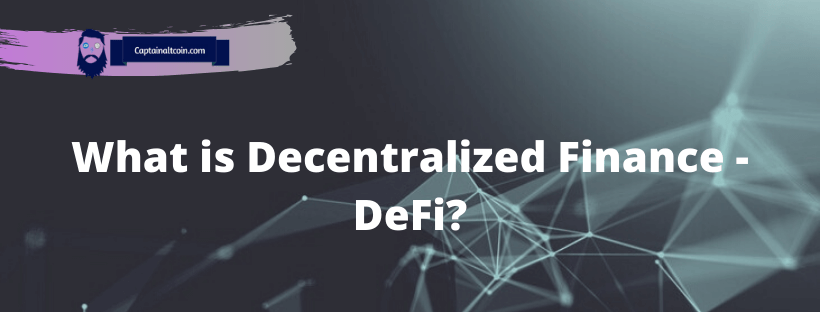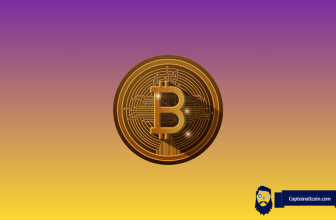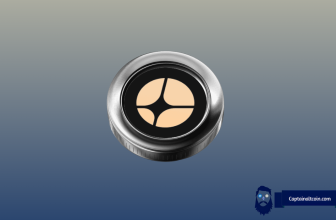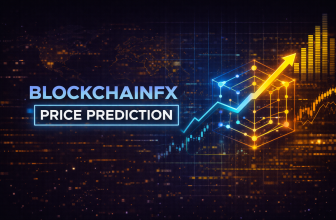
What you'll learn 👉
DeFi in a nutshell
- Decentralized Finance, also known as DeFi, represents classic financial products based on Smart Contracts on blockchains.
- Since the beginning of 2019, the number of applications and users has been rising sharply, especially on Ethereum.
- DeFi offers new possibilities to users who want to use their coins.
- The most successful products include Maker DAO, Compound and Uniswap (decentralized exchange)
What is Decentralized Finance?
Decentralized Finance, short DeFi, stands for the combination of classic financial concepts and products, as they are known from the banking industry, with blockchain technology. DeFi is about transferring well-known principles to the world of crypto currencies and distributed ledger technology.
To do this, Decentralized Finance uses instruments such as loans, currency swaps, interest rates, bonds and more. The promising potential of this division has led to a small boom in DeFi applications since the last quarter of 2018. In the meantime, there is even a consortium consisting of leading companies in this field, called DeFi Movement.
But not all Decentralized Finance is the same. In the broadest sense, the term covers all monetary transactions in the DLT area and is rather synonymous with Open Finance. In a narrower sense, Decentralized Finance and especially DeFi refers to the above-mentioned use cases.
What is the point of combining classic finance with blockchain?
When Bitcoin was launched in 2008, it came up with the idea of offering a completely new alternative to the world of finance. Ten years later, Bitcoin & Co. has a place in the global competition for financial transactions.
However, a far-reaching adoption has not taken place. Many concepts that have been successfully applied in banking for centuries are good and sensible. The possibility, for example, to take out loans to invest or to bridge short-term payment difficulties is a legitimate financial product.
So why throw it away? This is where Decentralized Finance comes in. The concepts are gradually being mirrored onto the blockchain and built up there with corresponding products. In this way, users benefit from the best of both worlds.
This approach makes long-term investment in cryptocurrencies interesting. Coin and tokens are otherwise simply stored in the wallets of the users without any real purpose.
Importance of DeFi
The boom around Decentralized Finance is not only noticeable in the increased use of the respective apps. Currently, for example, around 3 percent of all ether is stored in DeFi apps. Ethereum and especially ERC-20 tokens are central pillars for the growth of Decentralized Finance applications.
dApps in the DeFi area
- Some dApps based on the principles of decentralized finance have been in circulation for years. However, most applications have been flushing onto the market since the end of 2018. The most important dApps include:
- Compound where interested parties can make deposits on the platform and thus earn interest as well as borrow coins.
- MakerDAO – In this dApp, customers deposit a sufficient amount of ether. In return, they receive stablecoins (DAI), which they can exchange for dollars, for example. See here for a more detailed explanation and our test.
- Uniswap – If you have bought tokens and want to sell them again, you have to find a suitable exchange pair on an exchange. Only very few tokens are really freely tradable. Uniswap changes this by allowing users to simply exchange ERC20 tokens against each other (and against ether). Here is a detailed article about Uniswap.
- Dharma – With the Dharma protocol you can give or take decentralized loans. Here is the detailed article about the DeFi App Dharma. An overview of the dApps with the highest investments in USD has DeFi Pulse.
Outlook
DeFi is currently not really something for regular users because of its complexity. However, the DeFi dApps are especially attractive for coin owners with an established portfolio. Instead of tying up their assets in wallets, they use DeFi applications to use their coins and receive interest payments if they wish.
Nonetheless, these channels may in future offer a bridge between the traditional financial world and the open block-chain world.







